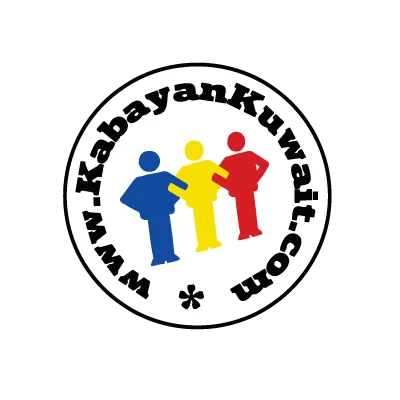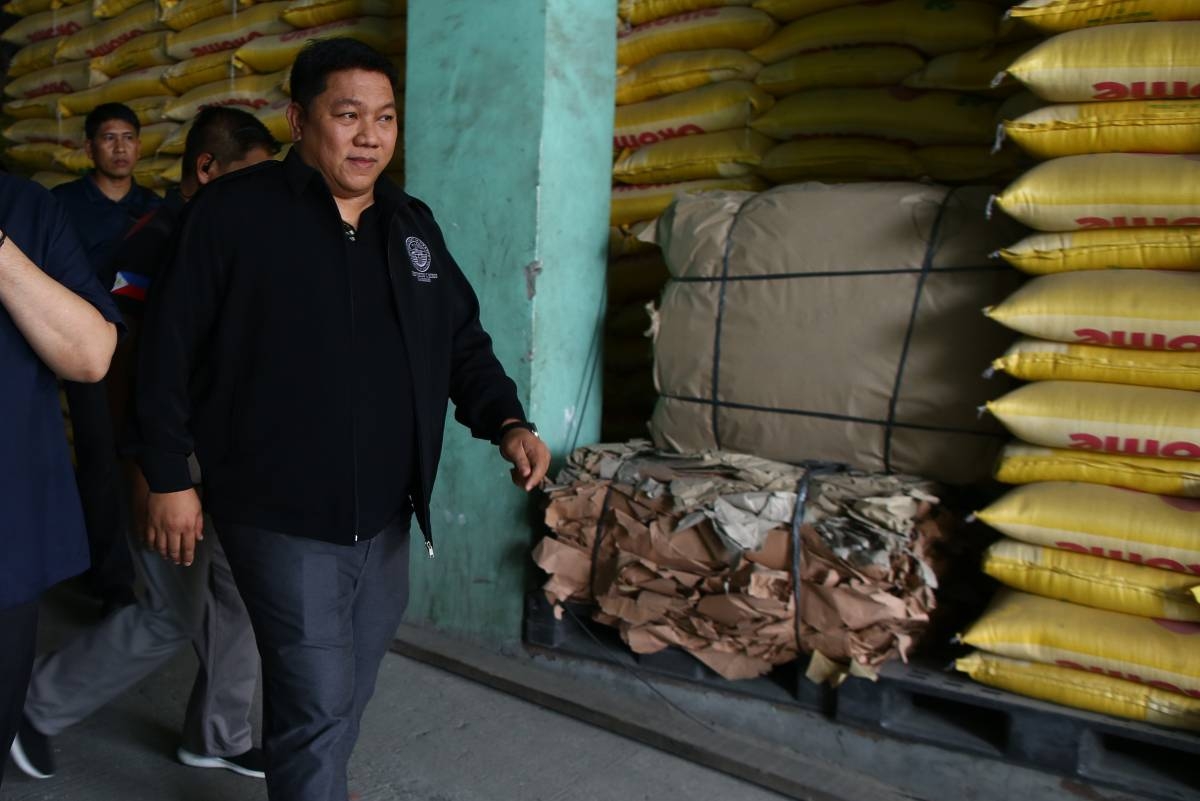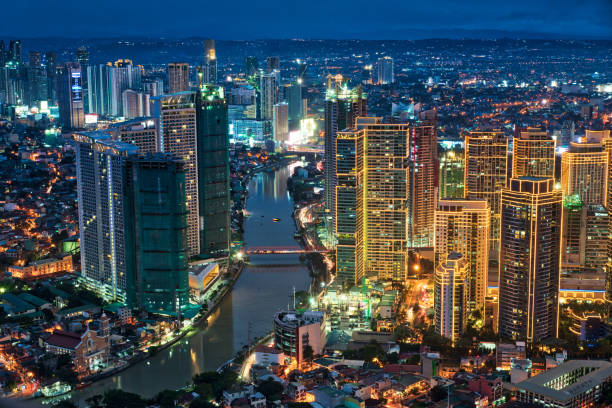The Bureau of Customs (BoC) in the Philippines is making significant progress towards full computerization as it introduces additional automation projects to improve efficiency and transparency. Customs Commissioner Bienvenido Rubio recently announced that the bureau has successfully digitized 160 out of 166 customs processes, achieving a digitalization rate of 96.39 percent.
According to Rubio, these digital transformations reflect the BoC’s commitment to modernization and improving service delivery, aligning with the directive of President Ferdinand Marcos Jr. The implementation of at least six automation projects aims to simplify export processes and documentation, reducing bureaucratic red tape and expediting trade facilitation.
The modernization project is an essential component of the country’s compliance with international commitments, including integration into an ASEAN-wide electronic exchange of certificate of origin. This integration prohibits manual submission and emphasizes the need for a fully computerized system.
Assistant Commissioner and concurrent BoC spokesperson Philip Vincent Maronilla expressed confidence that a fully computerized BoC will be achieved under the Marcos administration, stating, “This will be the legacy of the present administration.”
Once fully computerized, the BoC will transition to paperless transactions, eliminating the need for in-person interactions between customs employees, brokers, and importers. This shift aims to eradicate systems that are susceptible to corruption and the discretionary powers of personnel, which can provide opportunities for corrupt acts.
In line with these efforts, the BoC recently introduced the e-Travel System. This system, available through the eGoV application, allows passengers to electronically submit their baggage declaration forms prior to arrival or departure. The e-Travel System optimizes border control, enhances health surveillance, and facilitates economic data analysis.
The ongoing automation projects by the Bureau of Customs in the Philippines mark a significant step towards a more streamlined and efficient customs process. By leveraging technology and digitization, the BoC aims to enhance transparency, reduce corruption risks, and improve overall service delivery.
With the successful implementation of these automation projects, the BoC is poised to become a model for other customs agencies worldwide. The move towards full computerization not only aligns with international standards but also demonstrates the Philippines’ commitment to embracing digital transformation and modernizing its customs operations.
By adopting a fully computerized system, the Bureau of Customs will not only improve efficiency and transparency but also contribute to a more favorable business environment. The reduction in bureaucratic red tape and the elimination of manual submission processes will attract more foreign investments and facilitate international trade.
As the BoC continues its journey towards full computerization, it sets a precedent for other countries to follow suit. The benefits of embracing technology in customs operations are evident, with increased efficiency, reduced corruption risks, and enhanced trade facilitation being just a few of the advantages.
The Bureau of Customs in the Philippines is leading the way in leveraging automation to modernize its operations, and the positive impact of these efforts will undoubtedly be felt by businesses and individuals involved in international trade.







